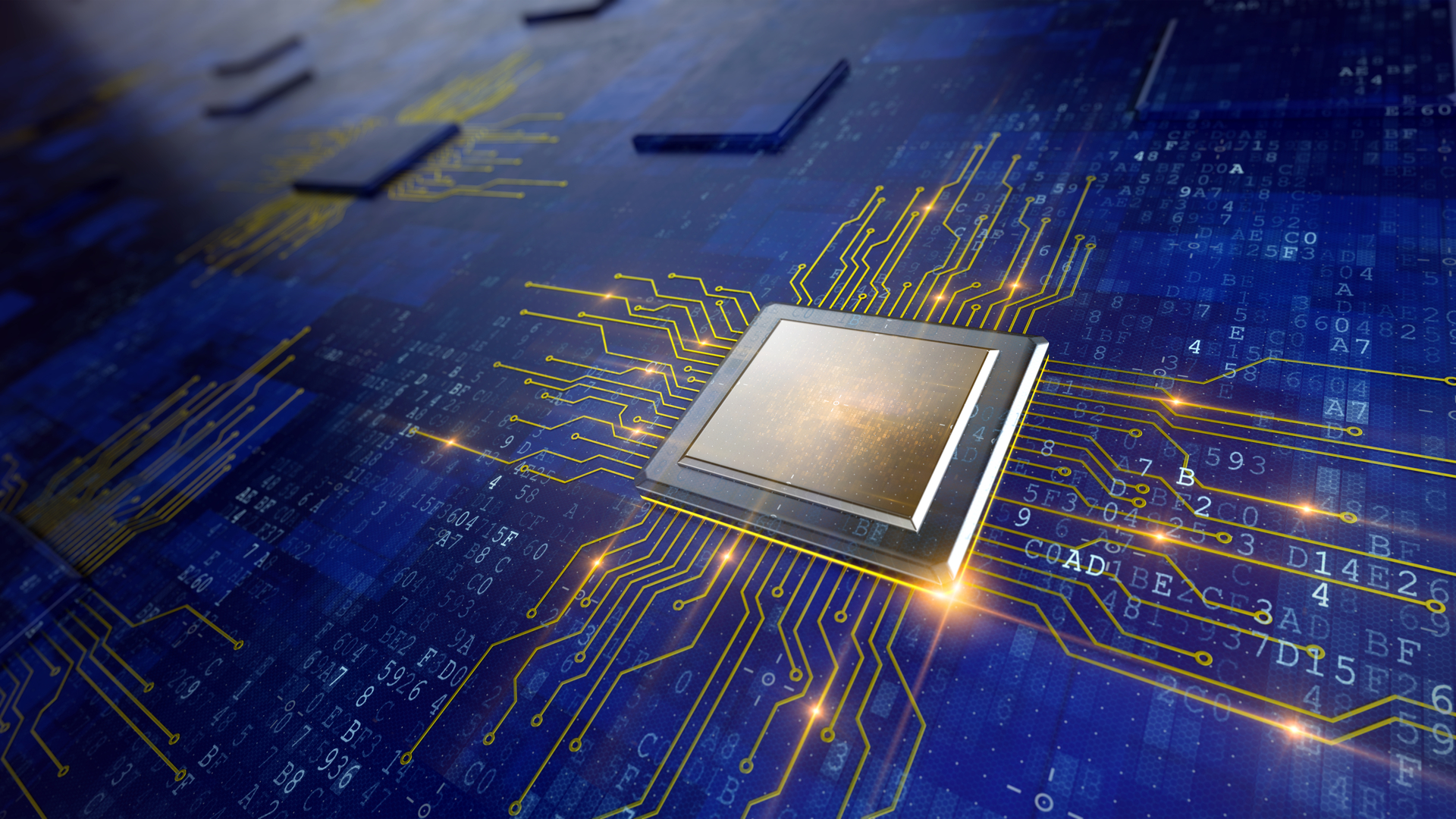Watch out Intel and Nvidia, AMD just made a game-changing acquisition
Xilinx could be at the centre of an EPYC battle

AMD is set to acquire little-known semiconductor firm Xilinx for $35 billion, making this its largest acquisition to date.
The deal is expected to close by the end of 2021 and will serve to ratchet up competition with Intel and Nvidia in the highly lucrative datacenter market.
Xilinx specializes in Field Programmable Gate Arrays (FPGAs) - a type of semiconductor that can be altered even once they have been deployed. This level of programmability often makes them slower than GPUs or CPUs, but also far more versatile.
- We've built a list of the best business computers around
- Here's our list of the best workstations out there
- Check out our list of the best business laptops available
Being so polyvalent means Xilinx technology can be used almost anywhere in a datacenter, which is great when you face a plurality of tasks. For example, a cloud storage company will have a different workload to a VPN service, the best website builder platform or video conferencing service.
AMD's chiplet design strategy, then, would seem a natural fit to expand Xilinx's footprint in the datacenter ecosystem.
AMD Xilinx acquisition
Nvidia’s acquisition of Mellanox and Arm may have pushed AMD to make a move for Xilinx sooner rather than later, to avoid a future in which the datacenter is dominated by its rivals.
"There are some areas where we're very strong, and we will be able to accelerate some of the adoption of the Xilinx product family," explained Lisa Su, AMD CEO.
Are you a pro? Subscribe to our newsletter
Sign up to the TechRadar Pro newsletter to get all the top news, opinion, features and guidance your business needs to succeed!
"And there are some areas where [Xilinx CEO] Victor [Peng] is very strong, and we believe that we'll be able to accelerate some of the AMD products into those markets," she added.
The announcement saw AMD shares drop by a 4% in pre-market trading, while Xilinx stocks enjoyed a 12% rise.
The deal comes almost 14 years after AMD’s acquisition of Canadian graphics powerhouse (and former Nvidia nemesis) ATI technologies.
- Here's our list of the best mobile workstations on the market

Désiré has been musing and writing about technology during a career spanning four decades. He dabbled in website builders and web hosting when DHTML and frames were in vogue and started narrating about the impact of technology on society just before the start of the Y2K hysteria at the turn of the last millennium.